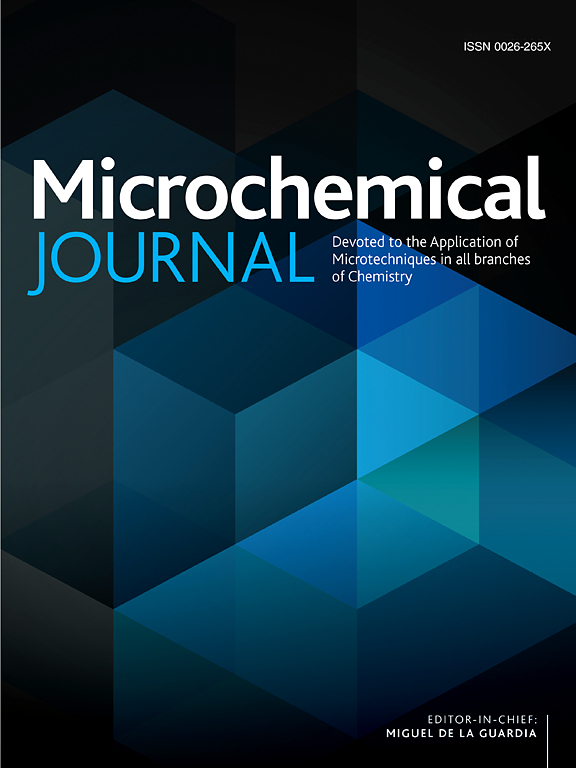等温核酸扩增技术在生物传感中的应用进展
IF 4.9
2区 化学
Q1 CHEMISTRY, ANALYTICAL
引用次数: 0
摘要
生物传感是一种将生物识别元素与物理转导方法相结合,产生特定定量或半定量分析信息的分析策略。推进生物传感策略的一个主要焦点是开发有效的信号放大技术,这对于提高检测灵敏度和整体分析性能至关重要。等温扩增技术(Isothermal amplification technology, IAT)通过快速、高产核酸扩增,显著提高了生物传感效率,在现场、护理点和原位检测领域具有巨大的应用潜力。本文综述了近年来生物传感应用中各种人工智能技术的研究进展。特别介绍了iat在生物传感中的作用机制和优势,包括传感器设计原理和信号放大在提高传感器性能中的作用,以及解决关键技术挑战。并对IATs与生物传感技术相结合,实现多种小分子、癌细胞、病原体、蛋白质、酶及核酸分析的应用及发展前景进行了充分探讨,重点讨论了目标信号的转化途径。主要目标是强调iat在生物传感中的信号放大能力,并为新型生物传感平台的设计提供见解。本文章由计算机程序翻译,如有差异,请以英文原文为准。
Progress in biosensing applications of isothermal nucleic acid amplification techniques
Biosensing is an analytical strategy that combines biological recognition elements with physical transduction methods to generate specific quantitative or semi-quantitative analytical information. A major focus in advancing biosensing strategies is the development of efficient signal amplification technologies, which are critical for enhancing detection sensitivity and overall analytical performance. Isothermal amplification technology (IAT) significantly improves biosensing efficiency through rapid and high-yield nucleic acid amplification, and has great potential in on-site, point-of-care and in-situ detection applications. This review aims to summarize recent advancements in various IATs used in biosensing applications. In particular, the mechanism and advantages of IATs in biosensing are introduced, including sensor design principles and the role of signal amplification in improving sensor performance, as well as addressing key technical challenges. Furthermore, the applications and development prospect of integrating IATs and biosensing to realize a variety of small molecules, cancer cells, pathogens, proteins, enzymes as well as nucleic acid analysis are fully discussed, with emphasis on the conversion pathway of the target signal. The primary goal is to highlight the signal amplification capabilities of IATs in biosensing and to provide insight into the design of novel biosensing platforms.
求助全文
通过发布文献求助,成功后即可免费获取论文全文。
去求助
来源期刊

Microchemical Journal
化学-分析化学
CiteScore
8.70
自引率
8.30%
发文量
1131
审稿时长
1.9 months
期刊介绍:
The Microchemical Journal is a peer reviewed journal devoted to all aspects and phases of analytical chemistry and chemical analysis. The Microchemical Journal publishes articles which are at the forefront of modern analytical chemistry and cover innovations in the techniques to the finest possible limits. This includes fundamental aspects, instrumentation, new developments, innovative and novel methods and applications including environmental and clinical field.
Traditional classical analytical methods such as spectrophotometry and titrimetry as well as established instrumentation methods such as flame and graphite furnace atomic absorption spectrometry, gas chromatography, and modified glassy or carbon electrode electrochemical methods will be considered, provided they show significant improvements and novelty compared to the established methods.
 求助内容:
求助内容: 应助结果提醒方式:
应助结果提醒方式:


